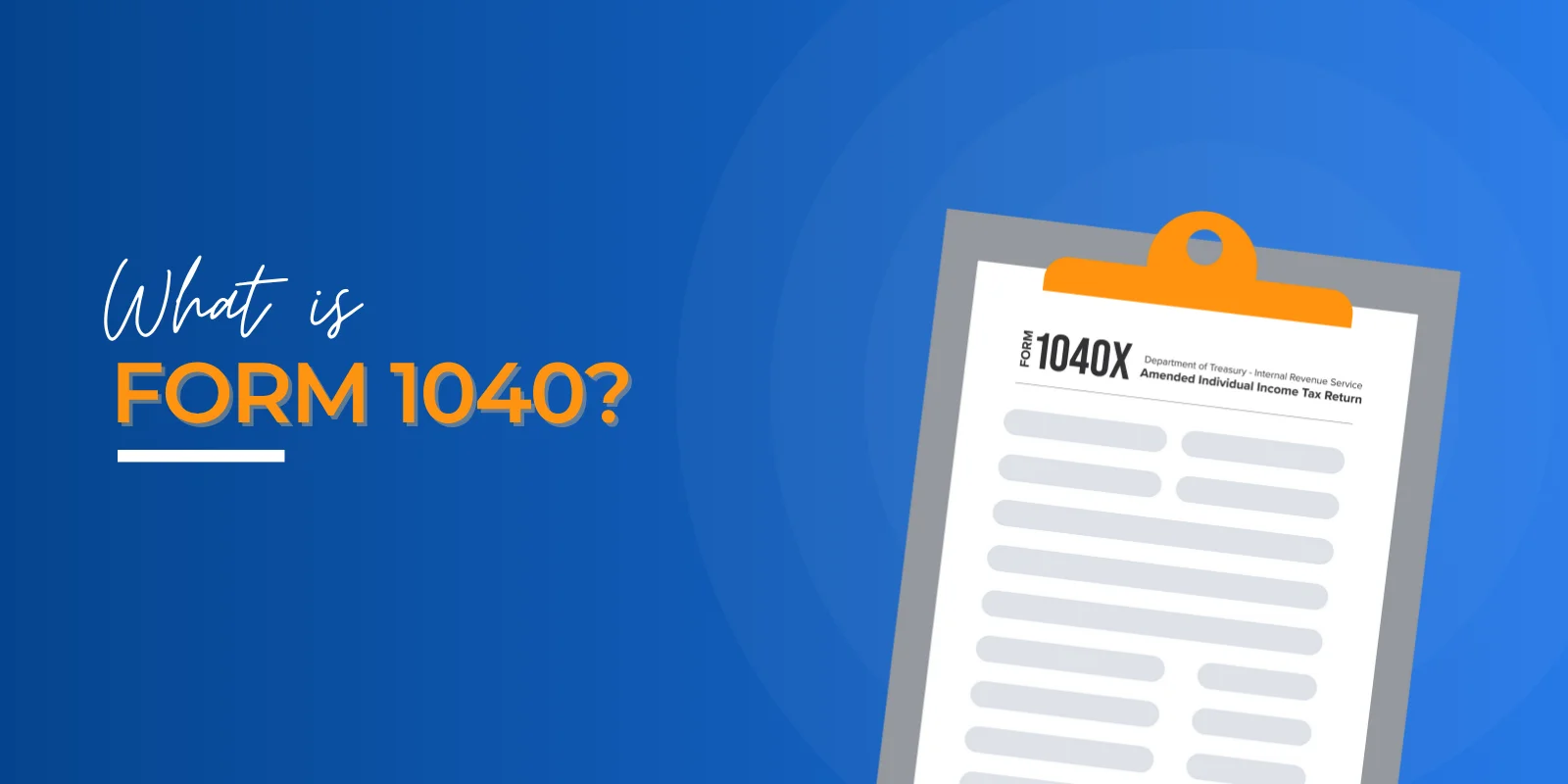Where You See Compounding in Action
Once you understand how compounding works, you’ll start to notice it everywhere in personal finance and investing. Here are some of the most common (and powerful) places where compounding works for you:
Pensions
Your pension is one of the clearest examples of how compounding works in real life. You make regular contributions, and in many cases, your employer also contributes to it. Over time, those contributions are invested and begin to earn returns—returns that then generate additional returns. The earlier you start, the more time compounding has to work its magic and grow your pension pot.
But that’s not all. Contributing to a pension also comes with tax relief, which means it actually costs you less than you think. And if you’re in an occupational pension scheme, your employer might be topping up your pension too, essentially giving you free money towards your future.
You can also make lump sum contributions through something called AVCs (Additional Voluntary Contributions). This can be a smart way to give your pension a boost, especially if you’re looking to increase your future income or reduce your tax bill.
Investment Funds
Investment funds are a way to grow your money over time. This could be a mutual fund, an index fund, or something called an Exchange-Traded Fund (ETF). You put your money in, and it’s spread across various investments, such as shares in multiple companies or a combination of stocks and bonds.
This is known as diversifying your portfolio, and it’s a smart way to mitigate risk. Instead of putting all your eggs in one basket, your money is spread out, so if one company doesn’t do well, it won’t affect everything you’ve invested.
As the fund makes money, that profit is automatically reinvested, meaning it buys more investments for you. Over time, those new investments can also generate additional income. That’s compounding at work, helping your money grow quietly in the background.
Regular Monthly Investments
When you invest a small amount each month, your money starts to build momentum. Each new contribution earns returns, and those returns accumulate over time.
Children’s Savings Plan
If you’re looking to give your child a strong financial start, a Children’s Savings Plan is a great option. You can invest a set amount each month, and over time, that money grows through compounding. It can be used for future expenses, such as third-level education, a first car, or even a first home. Starting early makes a big difference!
Investment Trust Fund
An Investment Trust Fund is a great option if you want to make a one-time investment for your child’s future.
Instead of saving monthly, you invest a lump sum using an investment bond held in a bare trust. This means the money legally belongs to your child, but you retain control over it until they reach a certain age.
It works like a long-term savings pot that has the potential to grow over time. Because the money stays invested, it can benefit from compounding, where the returns you earn start earning their own returns. Investment Trust Funds can also be tax-efficient, making them a smart and practical way to give your child a financial head start.
Compounding Works Best When You Leave It Alone
One of the smartest things you can do as an investor is… nothing. Compounding works best when you leave your money invested for at least 5 years. This gives it time to grow through market ups and downs.
Jumping in and out of investments too often can interrupt growth and reduce your overall returns. And there’s something else to keep in mind: exit tax.
Investment funds are subject to exit tax, which is a tax on the profit (the gain) when you cash out. The current rate is 41% (as of June 2025), and it’s automatically taken when you sell or after 8 years, whichever comes first. So if your money grows, a portion of that gain goes to Revenue.
There has been some discussion about reducing Ireland’s exit tax, which currently stands at 41% on profits from certain investment funds. While nothing has been confirmed yet, such a change would have a significant impact, leaving more of your returns in your pocket and making long-term investing even more rewarding. Let’s hope it becomes a reality, but for now, it’s best to plan with the current rate in mind.
That’s why it’s important to invest with a long-term plan, so your money has enough time to grow and still come out ahead, even after tax.
Publisher: Source link











